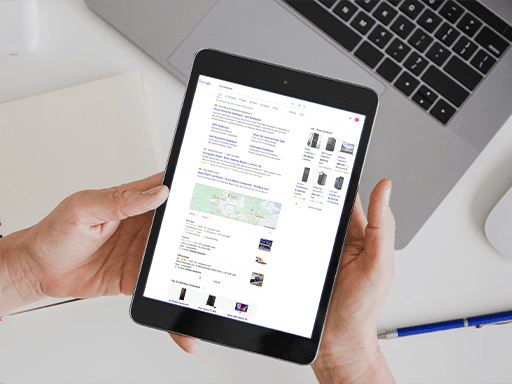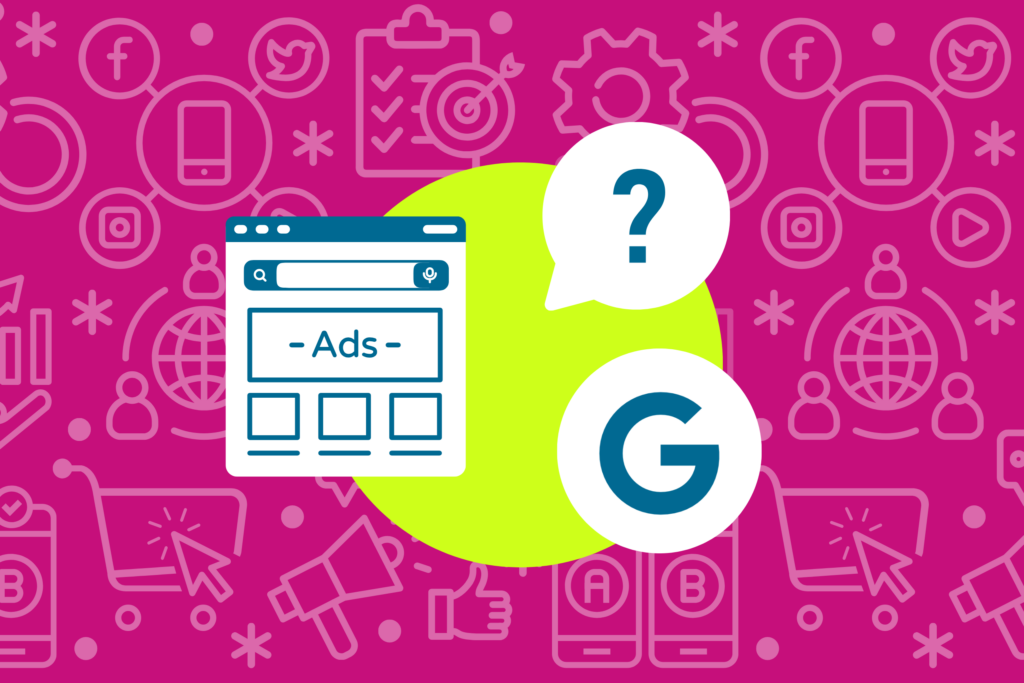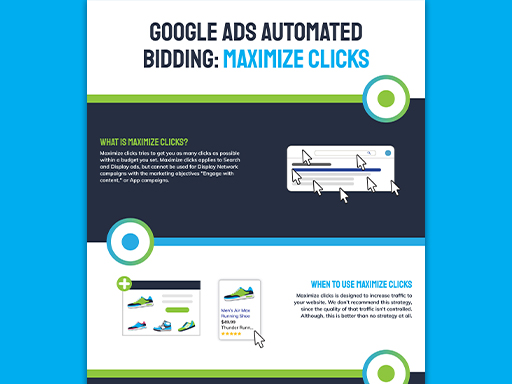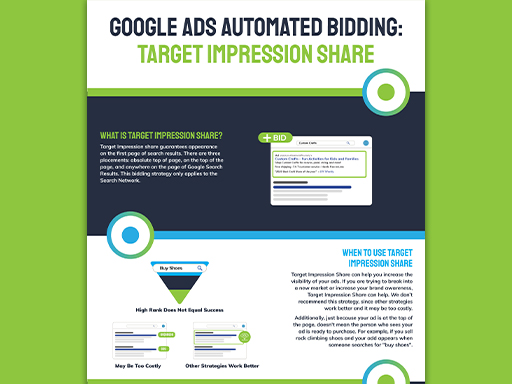When it comes to Search Engine Marketing, specifically Product Listing Ads (PLAs), the key question many face is how to identify where the most valuable clicks are coming from and what to do about it. Should you bid on generic queries, or more specific, branded queries? Over time, we’ve discovered that to best answer this pressing question it is imperative to start with segmenting by search query intent.

What is Query Segmentation
Query segmentation can best be described as separating and classifying search terms in an account based on purchasing intent.

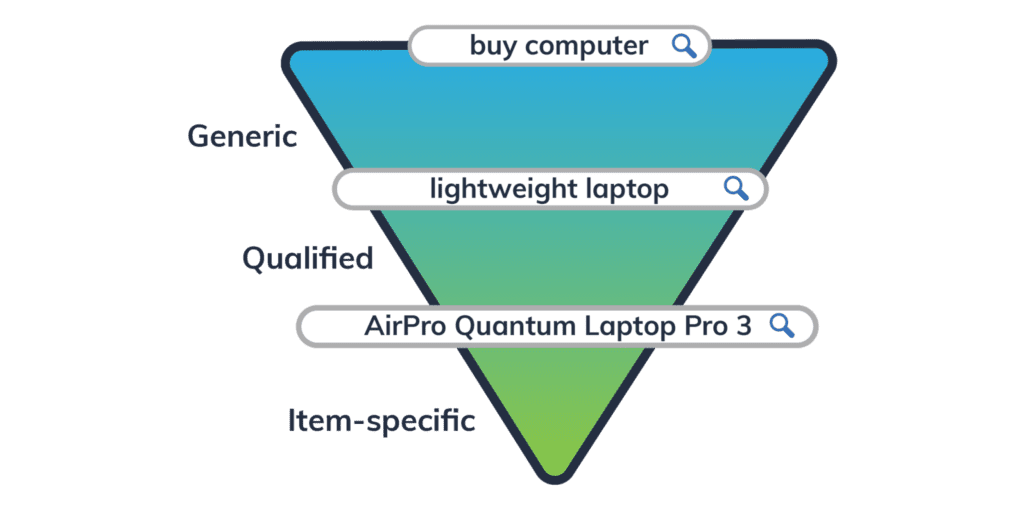
Segmenting Queries By Buyer Intent
Segmenting by query intent is done by taking search terms in an account and evaluating their performance to draw conclusions about a consumer’s purchase intention. As we know, a consumer goes through a purchase journey typically starting with need realization and finishing with an actual purchase.
Based on this accepted principle, we separate search terms so that they fall into one of three types of queries: item-specific, qualified/brand, and generic. The most qualified queries based on purchase intent are product specific, followed by qualified or brand, and finally generic. In this case, we are going to take a closer look generic queries and if you should bid on generic queries.

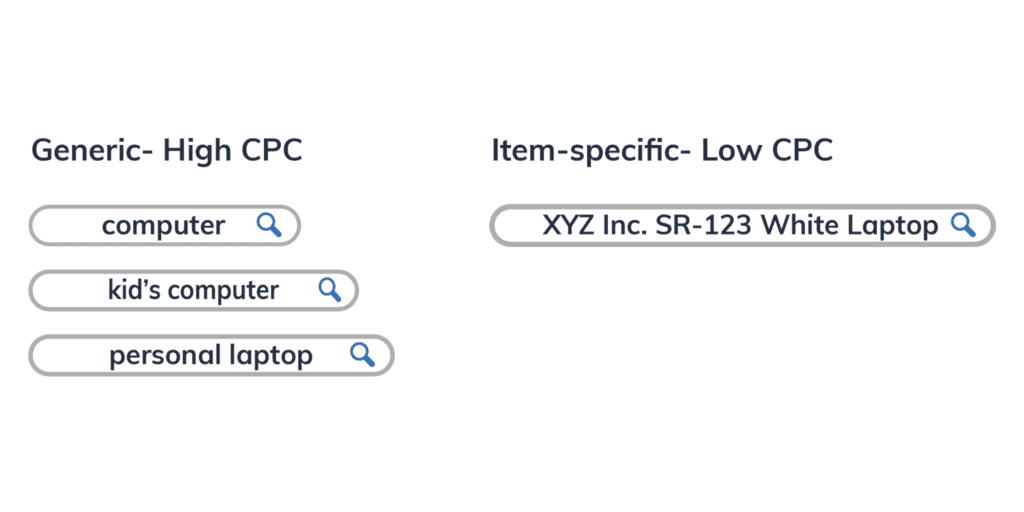
Potential Pitfalls of Bidding on Generic Queries
Let’s say a retail business is currently running PLAs for computers (a crowded space with many competitors) and it wants to identify inefficiencies within the program. A look at generic query performance should tell a compelling story. Search terms such as “computer”, “personal laptop”, “white laptop”, or “kid’s computer” qualify as generic queries because they have no brand information or product specs. A person searching “personal laptop” is more than likely very early in their purchase journey and thus less likely to convert.
Say the generic search terms above have an average cost per click of $2. It’s likely this amount is significantly inflated based on the true value of the search. Because the terms in this case are very broad, there is going to be more competition for an ad to serve which drives up cost. Since the terms have a low likelihood of converting, revenue will not proportionally match the increase in spend which leads to major profitability concerns.
Not only will generic queries inflate cost per click, but bidding on generic queries in a status-quo-like manner without segmentation is a missed opportunity to allocate spend on more qualified queries with higher conversion rates and similar, or cheaper, CPCs. This logic can be traced back to a simple question: if given $2 to spend with the end goal being a conversion, where is it best allocated—towards the person searching for the generic query “white laptop” on Google or for the one searching “XYZ Inc. SR-123 White Laptop”?

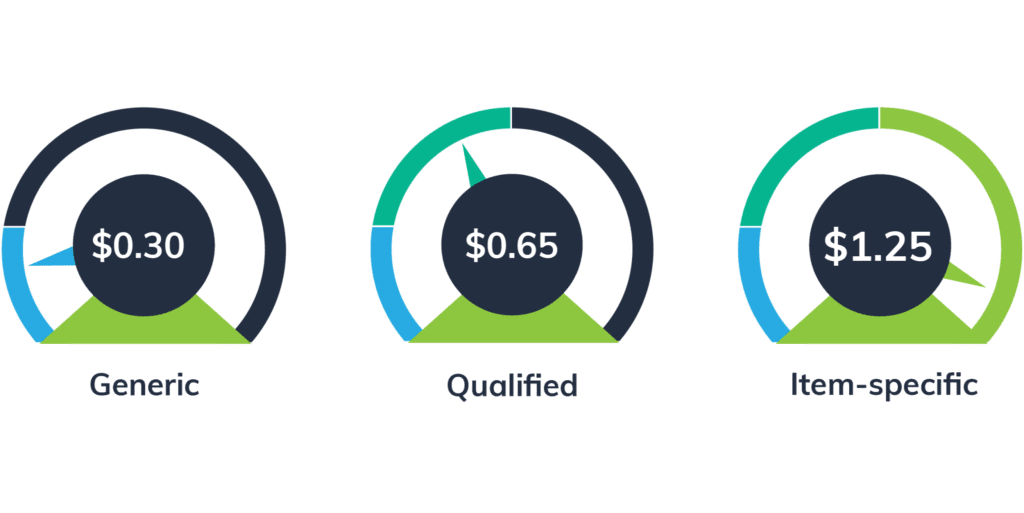
What To Do With Generic Queries
We’ve determined that generic search queries are normally way less valuable, but what can be done about it, and should we even bid on them in the first place?
To answer that question, bidding on generic queries can still bring value to the business. Just because a search term is defined as generic does not mean there is no chance of earning the sale. In some cases, conversion rates or revenue figures on generic queries can match that of the more qualified brand or product-specific queries. The issue is that in aggregate, the good performers will be negated by a larger pool of poor performers which ultimately compromises profitability.
The preferred approach to bidding on generic queries comes after segmenting the search terms by intent. Once that is complete and the campaign build is ready, Google and Bing will allow shopping campaigns to be created by priority. Essentially this enables all products to live in three separate campaigns, one of each a low, medium, and high priority. The starting bid on these products should be made in accordance with the campaign priority so that high priority campaigns have the largest bid and low priority campaigns have the lowest.
It is in the low-priority campaign that the generic queries tied to any PLA will live. Segmenting by three priorities and generating bids from there will allow for better control of cost than the default PLA structure which has only one priority level and discounts any query intent.

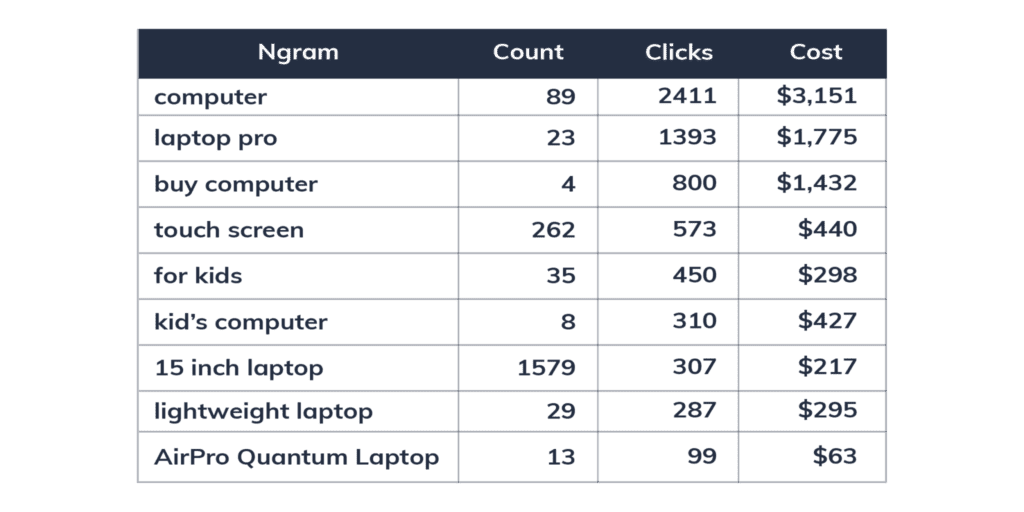
Using Negative Keyword Lists
The final piece to effectively bidding on generic queries is to set up negative keyword lists. Take the list of generic search terms generated in the segmentation process and upload those to Google/Bing. Apply the generic negative keywords to both your high and medium priority campaigns and what this effectively does is limit generic search queries to serve in only the lowest priority campaigns. This is a massive step in the right direction to alleviate issues with inflated CPCs and lower profit margins commonly associated with generic queries. Be sure to update negative keyword lists regularly so that newer generic searches do not begin to infiltrate those high-priority campaigns.

Summary
Much of PLA performance can be traced back to how an account is structured. Over time, we’ve found that to have the healthiest structure for optimal performance now and into the future, it is crucial to segment queries by intent. Generic queries can add value for an information-seeking consumer, so they are not to be completely ignored. That being said, they are still best served to be bid at a low priority campaign level so that the common issues with generic query overspend and underperformance in an account are diminished.
If you’re a retailer and are interested in learning what additional value this strategy might bring to your business, contact us.


